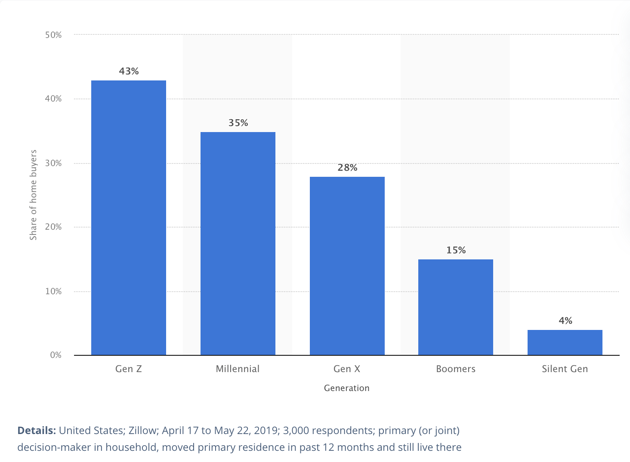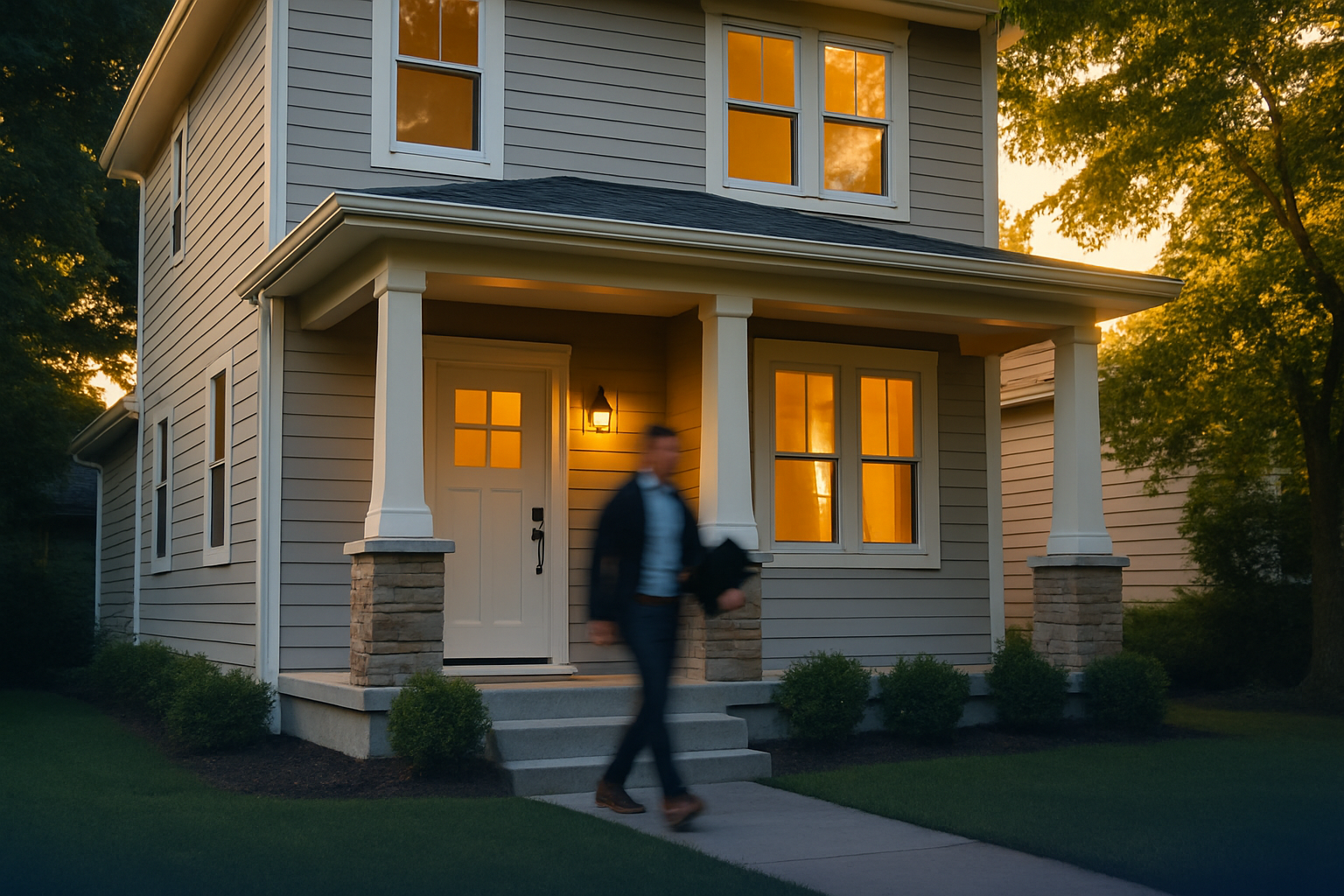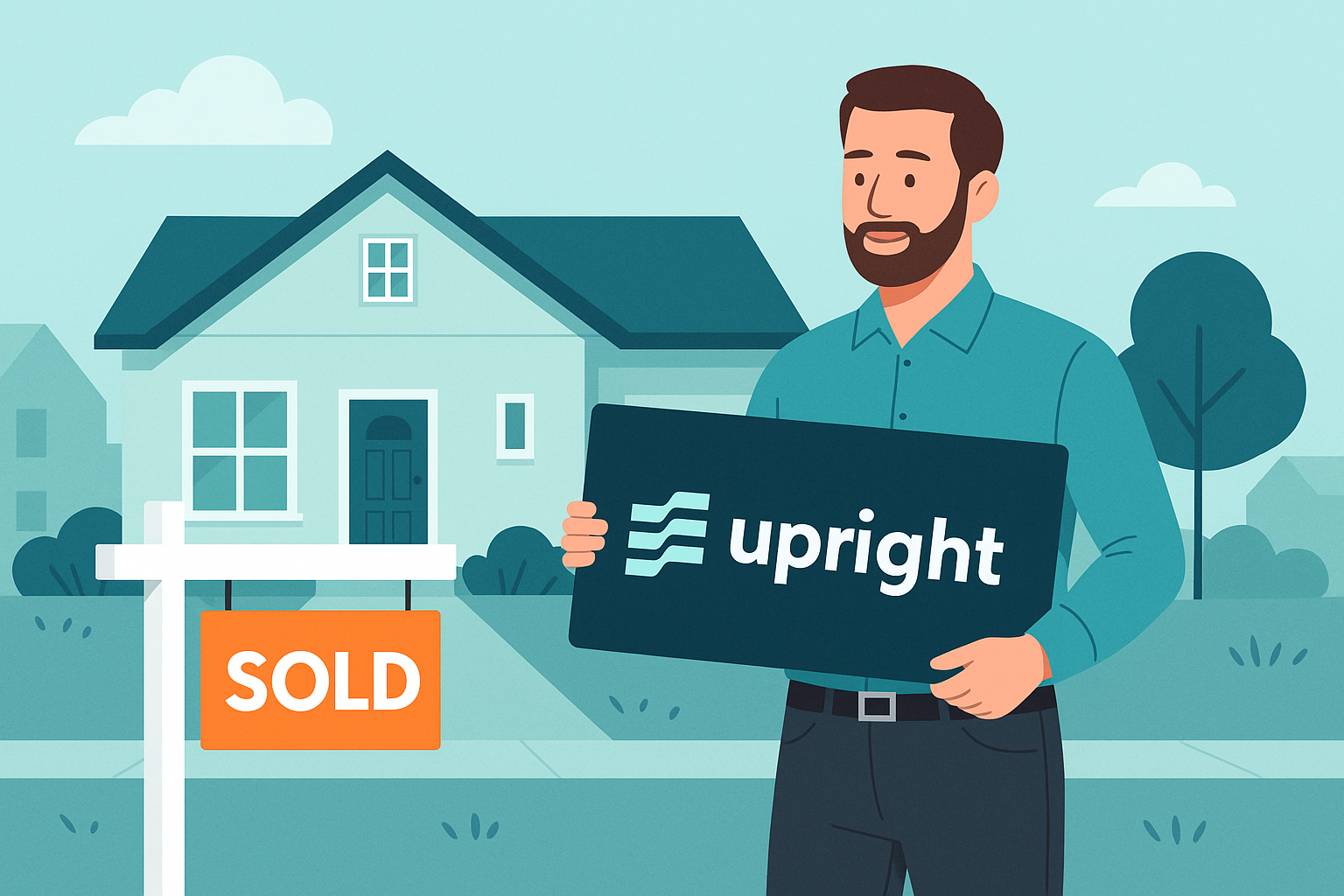Although the real estate market currently has an estimated value of $9.5 billion1, not every property gets a huge cut of the total market share for many reasons. Take a fix-and-flip home, for instance; the upgrades made on the property make the difference, attracting buyers or tenants to the property.
A fresh coat of bright paint can turn a shabby, outdated kitchen into a home’s gathering place. In the same way, smart home amenities can bump up the value of an older house over newer ones that are lacking high-end finishes and technological features. Here, we'll outline some of the top smart amenities you can introduce to transform an average house into a smart home and generate more revenue in the real estate market.
![]()
Why Smart Homes?
Adding smart home technologies to the properties you want to flip, build, or rent can make a massive difference in how modern homebuyers or tenants perceive the property. Smart amenities are valued the same as a high-end finish, and may result in a similar after-repair value (ARV) boost. A recent study showed that 43% of modern home buyers look for smart home capabilities when buying or renting houses.
Percentage of U.S. home buyers (by generation) who view smart home amenities as highly important (via Statista)

Experts even predict a rise in the number of homes in the smart home market, expecting the figures to reach 478.2 million in 2025.
Number of smart homes forecasted globally from 2017 to 2025
(in millions, via Statista)
 So, investors can boost their profit potential by developing properties that are compatible with smart home amenities.
So, investors can boost their profit potential by developing properties that are compatible with smart home amenities.
As tech becomes intertwined with regular day-to-day activities, the profit potential of fixing smart home amenities in residential properties will only go up.
Popular Smart Home Amenities That Add Value to A Home
Whether flipping, renovating, or building from the ground up, certain home improvements can add value and guarantee returns for real estate investors. Flipping a home is about putting a more desirable, up-to-date home on the market (and in local neighborhoods), as well as making the most returns in the competitive real estate market. Here are a few smart home amenities that can help sell or rent any home:
Smart Security Systems
A smart security system can alert residents about an open window or door, frighten prowlers, and send for help if the situation requires it. While smart security systems have the same objective as their predecessors, the difference between them is considerably enormous.
For example, older security systems require extensive wiring and intrusive installations, which are often a steep financial commitment. With the advent of WiFi-enabled and battery-powered devices, security systems are relatively cheaper and easier for homeowners to install, themselves.
These days, security systems are no longer fixed to a wall. Rather, they are synced to mobile smartphones, allowing house owners to do everything from closing their garage door to viewing an intruder standing in front of their door from miles away.
The largest demographic of smart home security buyers are Millenials and Gen Z. They tend to prioritize home security over their older counterparts because they believe security risks are heightened now, moreso than in the past.
Setting up a few motion sensors in a flipped property is one way to demonstrate its modern features to potential buyers. Once they see the ease with which they can monitor and feel safe in their environment, they will be nothing but eager to take the property off the market.
Utility Savers
Incorporating devices that reduce utility costs and lower a tenant's or home owner's bills sets the property apart from the competition, making your property more attractive to potential buyers or tenants. Smart home amenities that reduce utility costs include smart thermostats, smart sprinkler systems, smart lighting, and smart plugs.
Smart plugs allow tenants or homeowners to monitor their energy usage and switch off their appliances from any location.
With smart lighting, the residents of a house can set timers to turn on lights under specific conditions or at certain times. Occupants can program these lights to change the feel of a room — dim lights in the living room during movie night, fun, colorful displays in a child’s room, and more.
Smart thermostats, on the other hand, help maintain a desired temperature throughout the day without keeping the heating or cooling system running constantly, thus, saving money and energy.
Then, smart sprinklers automatically respond to water levels, watering only when necessary and saving residents money. A happy homeowner translates to money in a real estate investor’s pocket, and energy efficiency often justifies higher prices on properties, ensuring that the investor gets a good profit at the end of the sale.
Smart Kitchen Appliances
Smart kitchen appliances make home management easy, conserving time and energy. The kitchen is one area of the home that benefits the most from smart gadgets and appliances because they change how things are done in the kitchen.
In this technological era, there is a smart version of almost every kitchen appliance. These include ovens that can be pre-heated using a mobile phone and send notifications when food is cooked to audio-receptive refrigerators that open on command and send notifications if the fridge door is open.
These smart kitchen appliances are easily monitored on smartphones. Although they are more expensive than traditional kitchen appliances, most buyers or tenants are willing to pay more for the convenience. So, chances are a potential buyer will forego a cheaper house with more traditional — even if new —kitchen appliances for a more expensive smart-enabled home.
Smart Smoke Detectors
Unlike their traditional counterparts, smart smoke detectors send smoke alerts via smartphone notifications, and homeowners can silence them with an app rather than manually poking the unit.
It makes sense to fit modern homes with smart smoke detectors because they save residents the effort of monitoring their homes round the clock; you can imagine what would happen if a regular smoke alarm goes off and no one is home to attend to it.
Smart smoke detectors are reliable home improvements that alert homeowners to danger with voice prompts and other notifications before the alarm blasts. So, even if there’s no one at home, the residents are aware of the potential danger and can take steps to manage the situation.
Most smart smoke detectors come with a self-check mode that sends low-battery alerts instead of blaring in the dead of night. As a time-saving mechanism, this device can drive demand for a flipped home or rental, which is the primary goal of real estate investors.
Smart Locks
Smart locks feature keyless entry systems that make it convenient to enter a house, even with arms laden with packages, laundry, groceries, or even children. They make it easy to unlock doors without fishing for a key in a pocket or rummaging through a bag to find it.
With smart door locks, a homeowner can unlock their door using their smartphone location and even limit entry or exit to their home, regulating who comes in and at what times. Some smart door locks use fingerprints, voice commands, and keypad readers.
Whichever the lock mode, smart locks can be quite helpful in the case of an emergency, forgotten or lost keys, or with older residents who may not remember to carry a key around.
Smart Speakers
Any investor that wants to fit functionality into a rental property flipped home, or even a new house, should consider fitting the house with a smart speaker. Users may control these speakers with their voice, issuing commands to play music, turn the on TV, play a podcast, or make a phone call.
Most popular models sync with smartphones, allowing users to make these commands and even trigger other smart home amenities like smart lights, smart plugs, and thermostats.
Smart Thermostats
Having a thermostat fixed on a wall says a lot about a property. To potential buyers or tenants checking out the building, an outdated thermostat is an eyesore, suggesting the property is old. So, investing in smart thermostats can give investors positive points while marketing the property.
First, it tells the potential occupants the building is up to modern standard, even if it is a renovated building or flipped property. Then, the fact that the occupants can manage the system from their smartphone is an added advantage.
Tech-savvy occupants are often drawn to houses with smart appliances. With the world already digital, smart homes have quicker chances of getting off the market than traditional houses. Potential buyers seeing these types of upgrades in a property are generally more than willing to pay for it because of the assurance their living space is not limited to technology from another century.
Conclusion
These days, smart home amenities are incorporated into almost every house for a good reason: people want them. What is the road to success in real estate if not demand? Investors who want to give their properties a better chance of selling should consider incorporating the items on this list in their listed houses.
1Next Move Strategy Consulting, January 2022 via Statista




